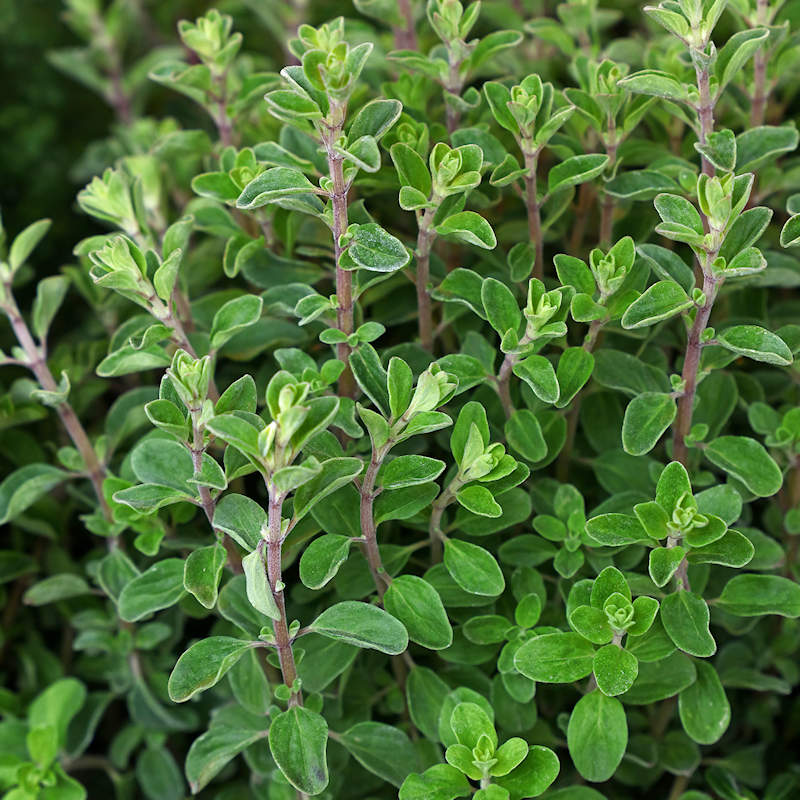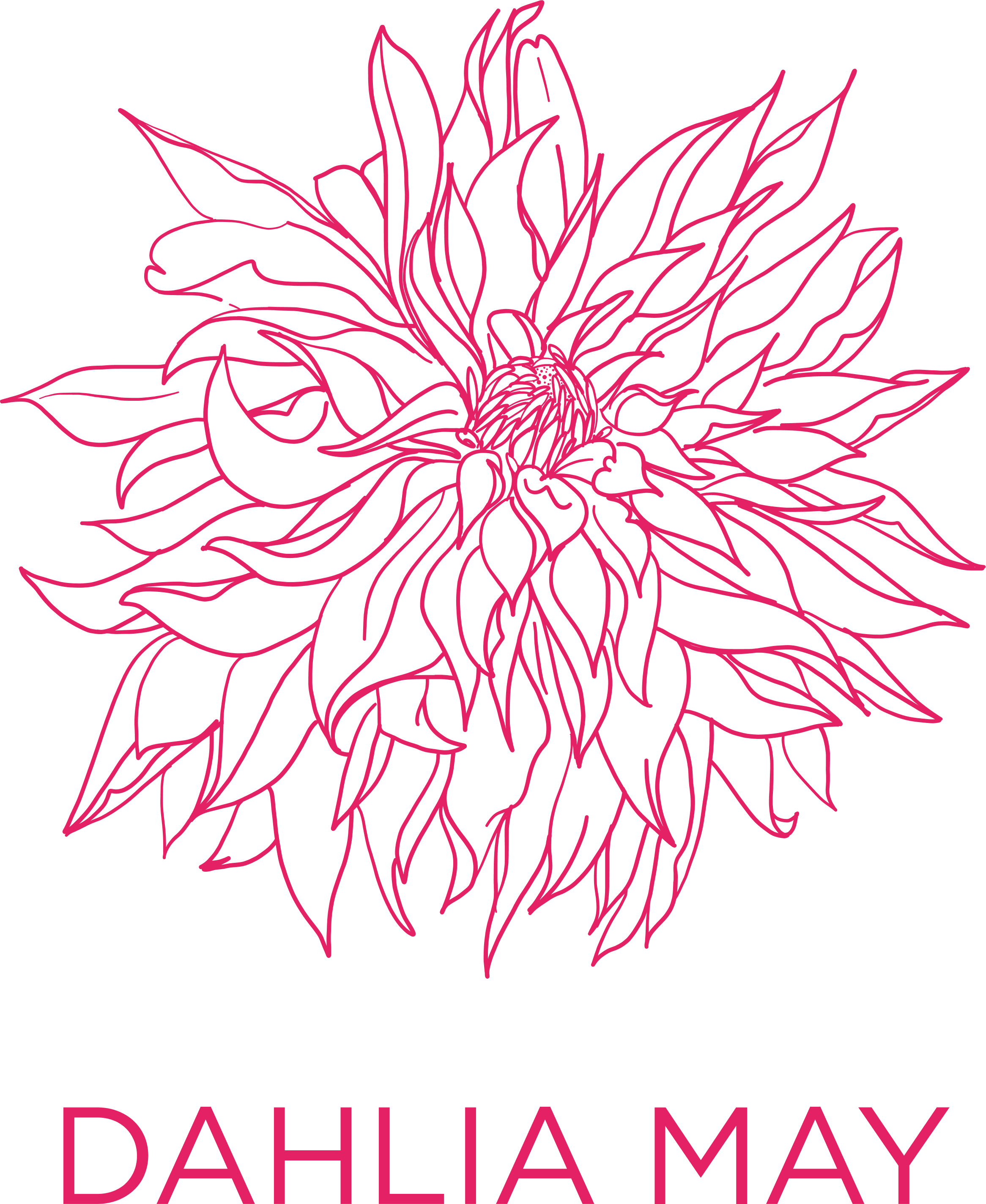
Marjoram Plants
Marjoram plant, in a 3.5" pot
Marjoram plants are aromatic herbs that belong to the mint family. They are native to the Mediterranean region and are widely cultivated for their culinary and medicinal uses. Marjoram plants typically grow up to 1-2 feet (30-60 cm) tall and have square stems with small, oval-shaped leaves. The leaves are gray-green in colour and have a soft, velvety texture. Marjoram leaves have a pleasant, sweet, and slightly citrusy aroma. The flavor is delicate and slightly spicy, similar to oregano but milder.
Tips on how to grow Marjoram:
1. Climate and Soil: Marjoram thrives in a sunny location with well-drained soil. Your plants will want at least 6-8 hours of sunlight. Consider growing Marjoram in containers that can be brought indoors during the winter months.
2. Planting: When planting Marjoram, space the plants about 12-18 inches apart to allow for proper air circulation. Dig a hole slightly larger than the root ball and place the plant in the hole, ensuring that the top of the root ball is level with the soil surface. Gently firm the soil around the plant and water thoroughly. If you’re planting in a pot, ensure that your pot has good drainage.
3. Watering: Marjoram plants prefer dry to moderately moist soil. Water deeply when the top inch of soil feels dry, but allow the soil to dry out between waterings. Avoid overwatering, as oregano is susceptible to root rot.
4. Fertilizing: Marjoram plants do not require heavy fertilization. A light application of balanced organic fertilizer in the spring is usually sufficient. Avoid over-fertilizing, as this can lead to excessive leaf growth and a weaker flavour.
5. Pruning: Pruning Marjoram regularly helps to maintain its shape and encourages bushier growth. After the plant has finished flowering, trim back the stems by about one-third to promote new growth. You can also pinch back the tips of the stems throughout the growing season to encourage branching.
6. Harvesting: Marjoram leaves can be harvested as needed once the plant is established. Harvest the leaves in the morning when the essential oils are most concentrated. Cut the stems just above a leaf node and remove the leaves from the stems. You can use the leaves fresh or dry them for later use.


